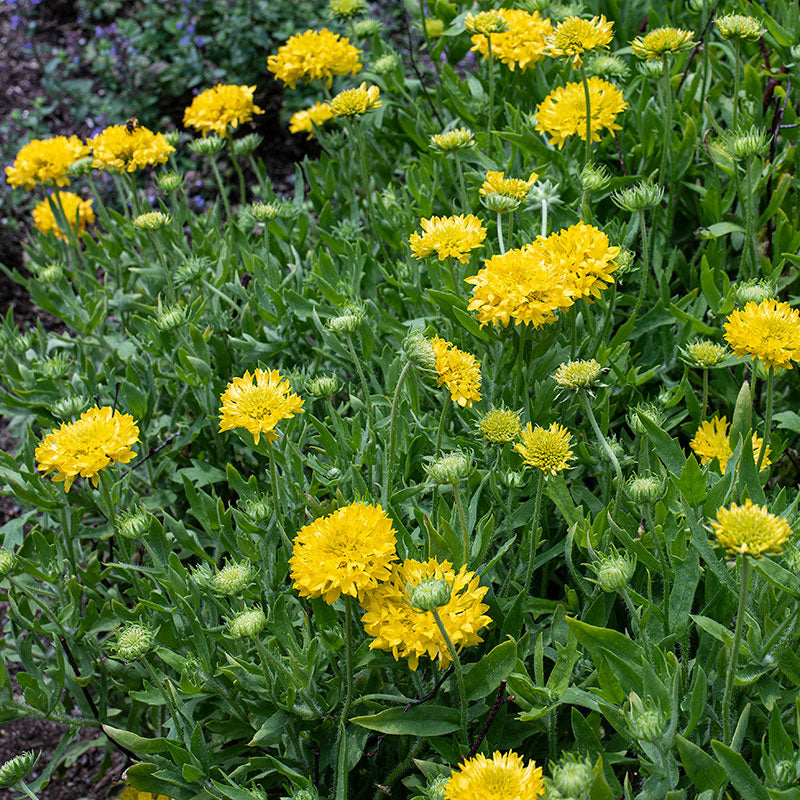SOWING INSTRUCTIONS
Seed To Bloom:
14-16 weeks
Starting Indoors:
Sow indoors 6-8 weeks before planting out after last frost. Keep at 60-70°F.
Starting Outdoors:
Direct sow after last frost.
PLACEMENT & CULTIVATION
Native blanket flower is a freely-blooming summer flower that holds its bright blooms on long stems for easy picking, for they make good cut flowers. They also are long-blooming in containers and stunning in drifts at the garden's edge or mid-border. They perform well in poorer soils and are valuable in vegetable gardens, attracting beneficial insects such as soldier beetles, assassin bugs, and lady beetles.
Watering Details:
Water regularly while establishing, then only during especially dry, hot spells.
Soil pH:
Mildly acidic to slightly alkaline is preferred.
Fertilizer:
Mix in a couple of inches of compost prior to planting if soil is especially poor.
Diseases & Pests:
Prevent root rot by placing in a well-drained location and do not allow the soil to become soggy. If aphids are troublesome, treat with an insecticidal soap.
When to Cut for Bouquets:
Harvest when the flowers are 3/4 to fully open.


